
May 2, 1997
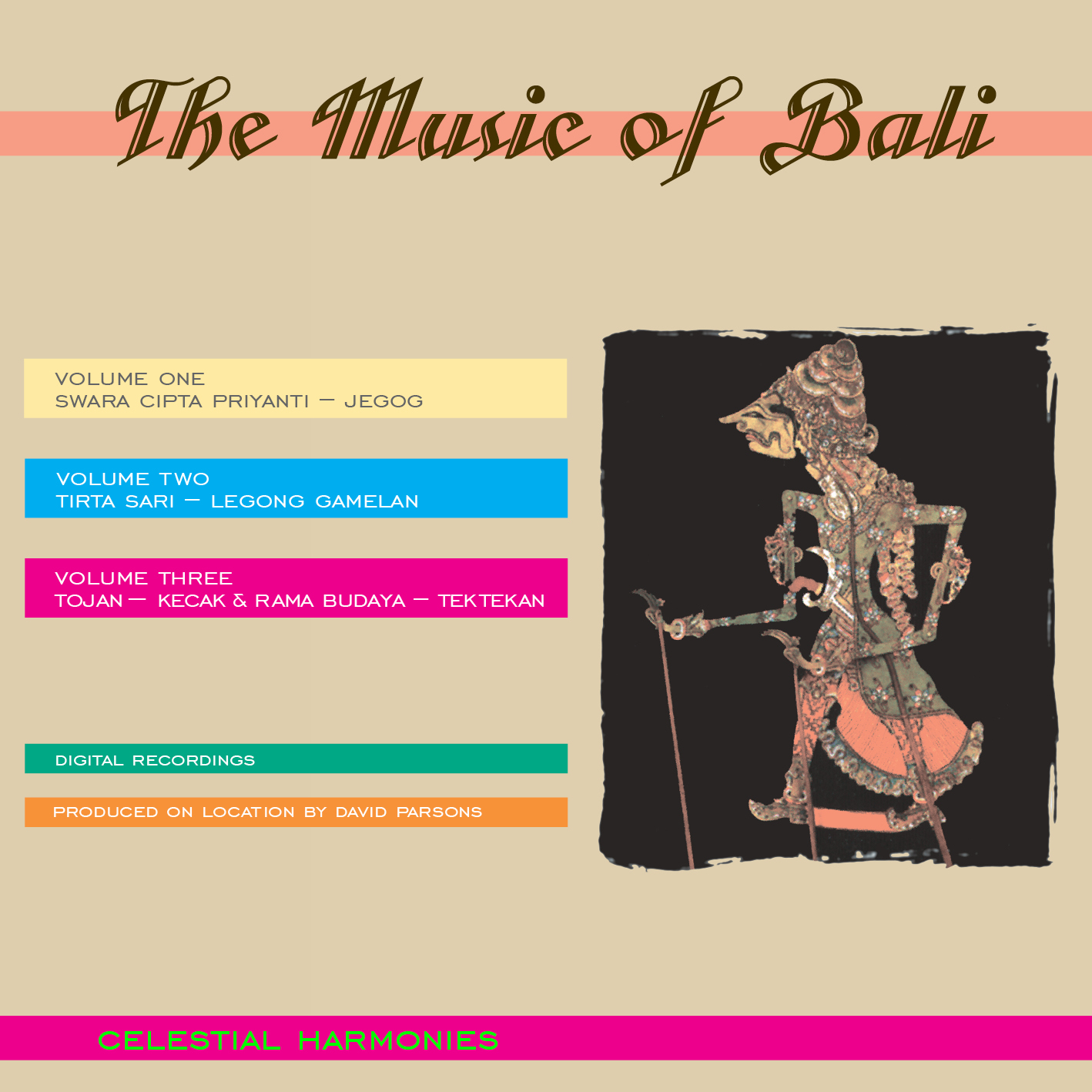
 19905 THE MUSIC OF BALI (3
CD BOXED SET) - VARIOUS ARTISTS
19905 THE MUSIC OF BALI (3
CD BOXED SET) - VARIOUS ARTISTS
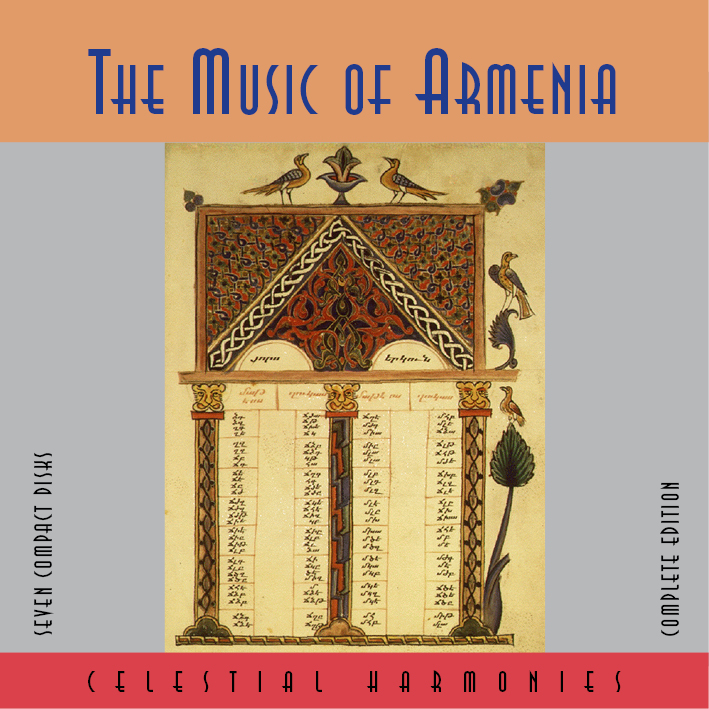
 19909 THE MUSIC OF ARMENIA
(7 CD BOXED SET) - VARIOUS ARTISTS
19909 THE MUSIC OF ARMENIA
(7 CD BOXED SET) - VARIOUS ARTISTS
With a rush of world music arriving in record stores, collections and
compilations can be valuable on two counts: as an opportunity to get
a comprehensive overview of a specific genre, or, conversely, as an
easy entry into a wide array of different musics.
Two collections from Celestial Harmonies are impressive examples of
the comprehensive overview of a specific genre approach: The Music
of Bali and The Music of Armenia.
The three–CD boxed set of Balinese music represents four unique
styles. The first, Jegog music, features four–tone bamboo
instruments. The second combines traditional gamelan with more current
approaches, while the third and fourth represent two kinds of ritualistic
music, the vocalized Kekak chanting and the processional Tektekan.
The Music of Armenia is a superb, seven–CD boxed set encompassing
the amazingly diverse music of Armenia. There are chants, folk tunes,
instrumental music and rich choral harmonies in a collection that underscores
the stunning and far too little acknowledged creative density of Armenian
culture.
February 24, 1996
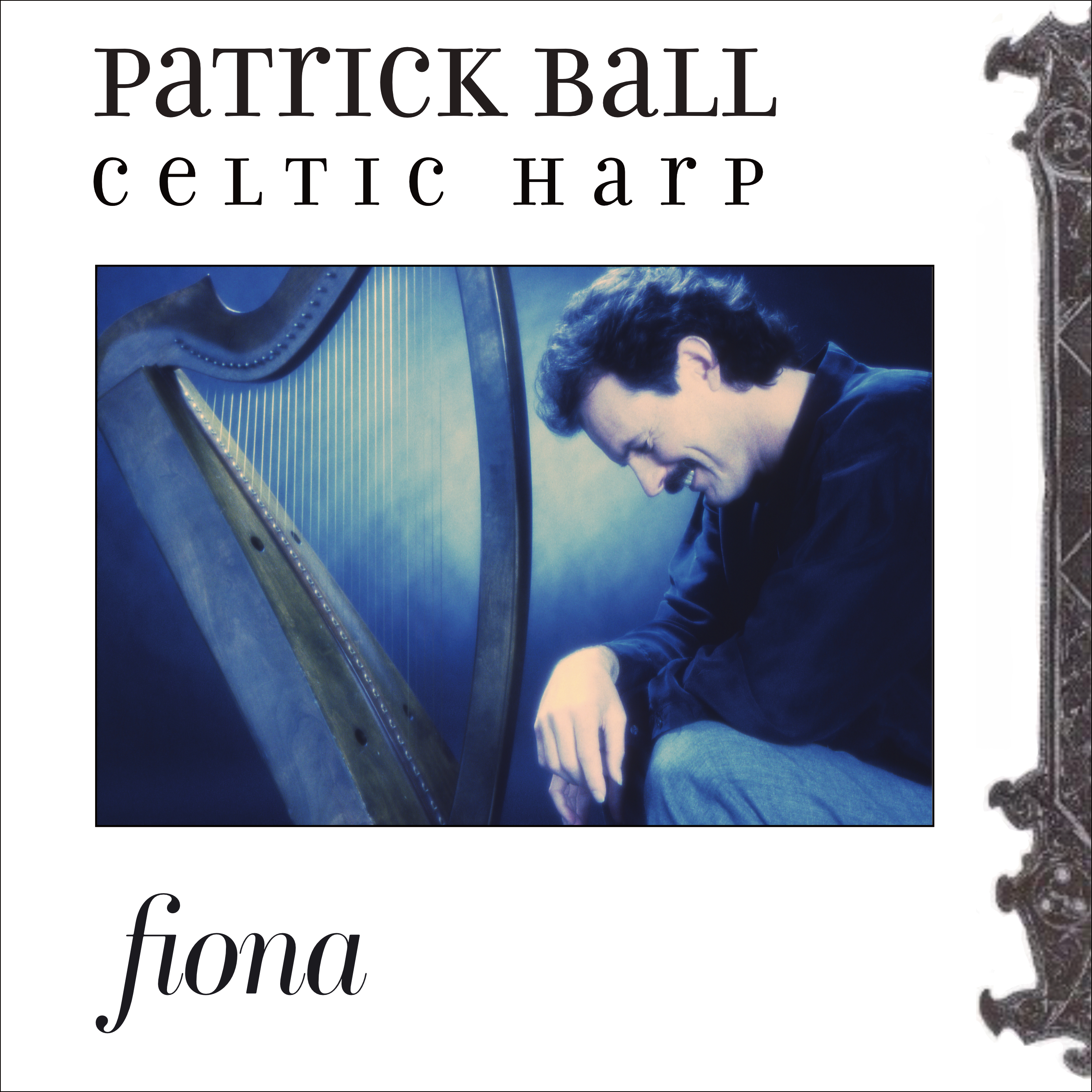
 13065 FIONA
- PATRICK BALL
13065 FIONA
- PATRICK BALL
Listening to the distinctive bell–like sounds of the Celtic
harp, it's difficult to imagine why the instrument fell into disuse
about two centuries ago.
There were political reasons: The instrument, which is about 1,000
years old, was a symbol of Gaelic culture, and Ireland was oppressed
by the English. There were artistic reasons: People began playing
pianos and organs.
But according to Patrick Ball, billed as the Celtic Bard, there was
an additional reason: It had become harder for harpers to keep their
nails nice.
"In earlier times, poets and bards and harp players were attached
to the kings and chieftains," said Ball, 45, who performs a pair
of shows today at San Juan Capistrano Regional Library. "When
the English came, the harp players and bards were set out on the roads.
"The Irish harp was, and still is, played with your fingernails.
When the patronage system died out in Ireland, harp players had to,
God forbid, work for a living when they weren't playing. That was
hard on the fingernails. They switched from brass–strung harps,
the traditional Celtic harp, to gut–strung harps, which they
could play with the finger pads."
Four of Balls seven recordings (six solo instrumental albums and
one soundtrack) are dedicated to the music of Turlough O'Carolan,
a blind itinerant harpist of the 18th century. His most recent recording
Fiona (Fortuna/Celestial Harmonies), is somewhat of a departure:
it includes accompaniment on uilleann pipes, penny whistle and fiddle,
and only one O'Carolan tune. He is currently at work on his first
album of stories.
Ball devotes half his show to storytelling, and that's a story in
itself.
"I have a master's degree in Irish history," said Ball,
reached by phone recently at his home in Sebastopol, Calif. "When
I was writing my thesis, I decided I had to go to Ireland, to do research
and drink beer. That's when I got attracted to the stories. They had
such strange, oblique slant on history. I began to search out the
old storytellers.
"When you go well back into Irish history, you reach a point
where nobody's 100% sure if it's history or mythology. Historians
rely on the old storytellers to flesh out events, to give insight
into the old invasions, and how the first people came to Ireland."
Balls says he was initially interested in exotic stories about fairies
and other supernatural matters. But the more he researched, the more
extraordinary he found the everyday trials of the people, and the
contrast between their poverty–stricken lives and the stories
they told. He felt the tales had "a buoyancy about them, a resilient
quality that reflects the strength" of the people.
What Ball values most of all is "the wordplay, the rhythms,
the love the Irish have for words. People never wrote these stories
down. A lot of them didn't know how to read or write. The incredible
thing about it was that these people were incredibly eloquent yet
completely illiterate.
"I grew up in Northern California, where words were tools—you
spoke in order to get something across. In the Irish situation, words
were a music of their own. It was fabulous to listen to these people
tell stories. It never even mattered what the stories were about."
Saturday, September 2, 1995
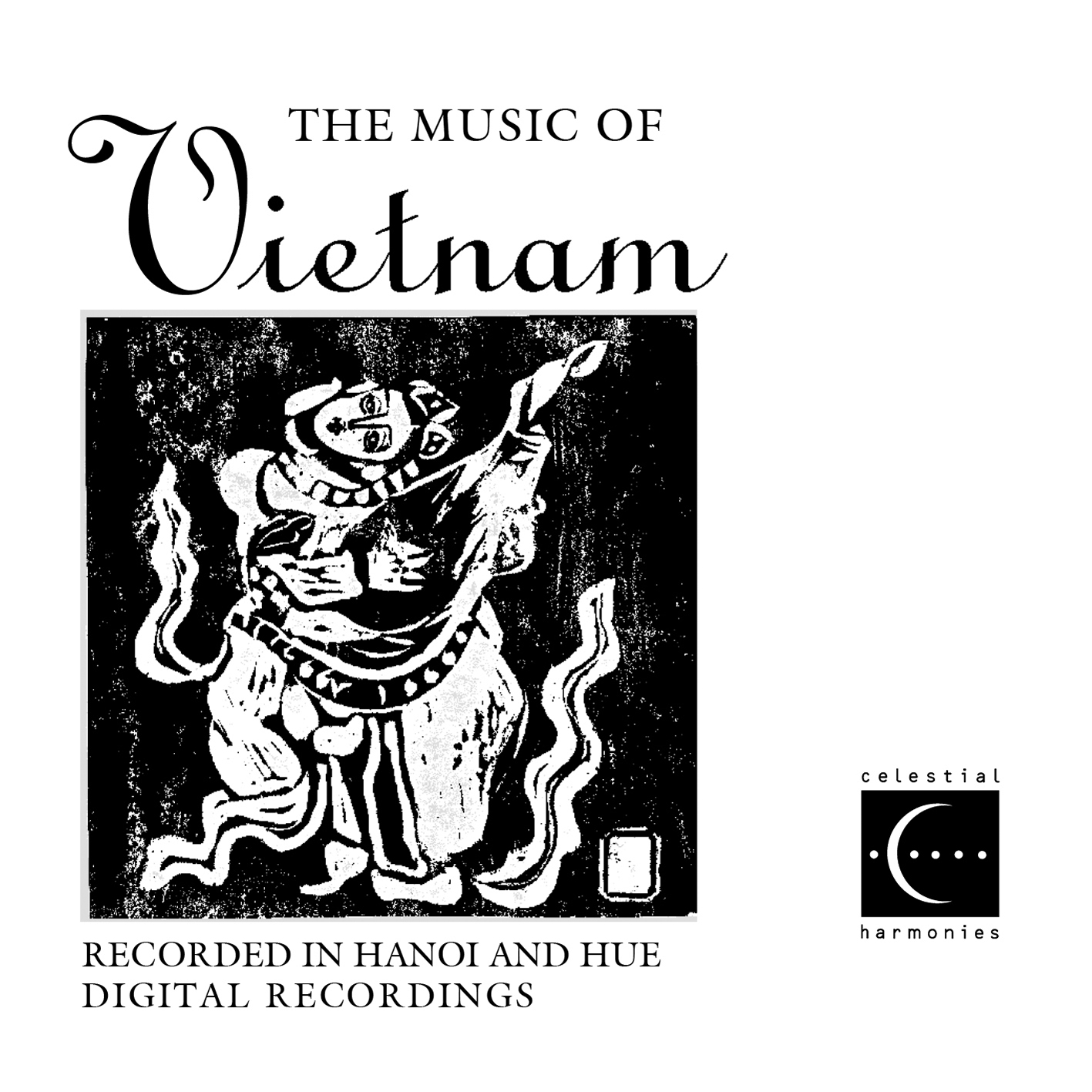
 19903 THE
MUSIC OF VIETNAM (3 CD BOXED SET) - VARIOUS
ARTISTS
19903 THE
MUSIC OF VIETNAM (3 CD BOXED SET) - VARIOUS
ARTISTS
Indigenous music from Vietnam is atypical among Southeast Asian countries
in that there's little relation to gamelan. According to the liner
notes to this three–CD set, the music of China left the deepest
mark on Vietnamese styles, which emphasize stringed instruments such
as lutes and dulcimers and which make the music surprisingly accessible.
Produced by New Zealand musician David Parsons with his wife, Kay,
for this Tucson label, this set has two CDs featuring a shifting ensemble
of 15 classical musicians recorded in Hanoi. Several unusual instruments
are employed, including the dan bau, a one–string guitar
with a bamboo stem that bends notes like a "whammy bar,"
and the k'ni, a rifle–shaped fiddle with a mouth attachment
that can create a voice–box effect similar to that used by rock
guitarists such as Peter Frampton and Joe Walsh in the '70s.
The music is so expertly performed and so beautifully sequenced—the
focus shifting from ensemble to solo pieces, from stringed instruments
to flutes—that attention never wanders.
On several pieces, when the full ensemble kicks in over a clippety–clop
rhythm, it's hard not to visualize the music as themes from imaginary
Vietnamese Westerns.
The other volume, Imperial Court Music Recorded in Hue, is
more rigidly structured, formal and closer to what many would expect
Vietnamese traditional music to sound like. The most exciting pieces
feature a clarinet playing long lines over pounding percussion, a
combination common to the music of many Southeast Asian nations.
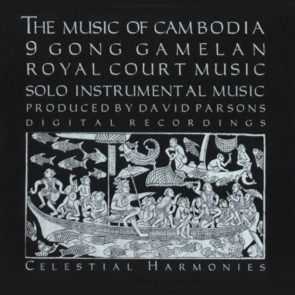
 19902 THE MUSIC OF CAMBODIA
(3 CD BOXED SET) - VARIOUS ARTISTS
19902 THE MUSIC OF CAMBODIA
(3 CD BOXED SET) - VARIOUS ARTISTS
Something more vital than just recording music was at
stake on this three–CD set—preserving the heritage of the
Khmer music tradition that suffered the ravages of the Pol Pot regime.
Two CDs were recorded in the Cambodian capital of Phnom Penh, one
featuring ensembles playing the royal court music of the ancient Khmer
Empire with the sequencing again enhancing the variety. The other
contains solo instrumental performances that are less absorbing.
The first CD goes to the core of the Cambodian culture
by featuring music from the region around the temple of Angkor Wat,
and mostly recorded inside the temple itself. The pinpeat orchestra
combines oboe–like srlay fiddle and assorted xylophones
playing long melody lines over a gong–and–drum rhythm bed.
The fullness of the pinpeat sound is offset by the open spaces
in three selections by the Taam Ming ensemble consisting of srlay,
the rare nine–gong gamelan and drums.
|



